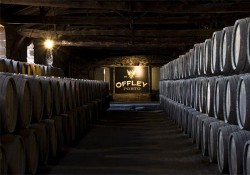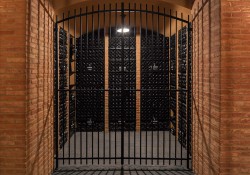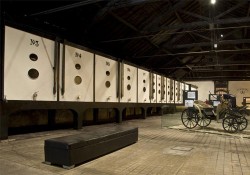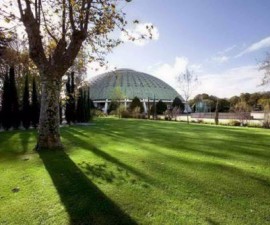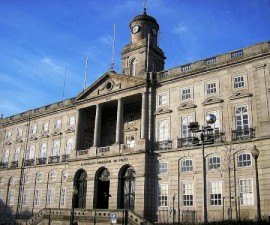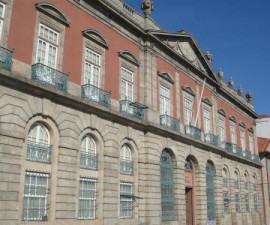No meal in Porto would be complete without a tipple of the famous local port wine. Likewise no visit to the city would be complete without a tour of one of the port wine cellars in which it is produced.
It is in fact a misconception that port wine is produced in the city of Porto. The port cellars are actually located across the Douro River on the opposite banks, in the municipality of Vila Nova de Gaia to the south of the city. Gaia remains in Porto district however, and forms part of the Porto metropolitan area, along with 12 other municipalities.
Gaia itself has a population of almost 300,000 people, many of whom cross the waters of the Douro each day to go to their jobs in the city proper. There are many others, however, who remain safely ensconced in Gaia, working in the many port wine cellars that have made the area so famous.
Gaia has existed since Portugal formed part of the Roman Empire some 2,000 years ago. Known in those days as Calem, it is likely that Gaia, which is located on the south banks of the Douro, was the larger of the two settlements and remained so until the Moorish invasions of the eighth century, when they would have fled the city in search of shelter in the less populated settlement of Porto. Gaia was slowly repopulated thereafter, and after the Middle Ages began its emergence into the fortified wine capital of the world.
There is some debate over whether Britain or Portugal was in fact responsible for the invention of port wine. There is no doubt, however, that the huge British export market helped port to become the phenomenon it is today. Many of the cellars are under English control and have been for many years, however there remain a few independent Portuguese producers whose cellars make for an interesting tour with more of a Portuguese feel.
The cost of a port wine cellar tour varies according to the cellar and to the number and quality of wines you choose to sample. A basic tour will usually include two tastings and costs around €5 while a more luxurious option may include two classics, a vintage, a downy and a ruby and costs anything up to €20. Do check prices carefully if you’re on a budget as most of the cellars advertise their rates without VAT.
Calem and Ferreira cellars are interesting cellars under Portuguese control, as is Ramos Pinto, which also has a small museum. Major names that are well familiar with most Britons include Taylor’s, Sandeman, Churchill’s, Offley and Graham’s. Most cellars offer a warm welcome to their visitors and tours are taken by friendly, knowledgeable guides.
Tours usually begin with a walk through the winding, damp corridors (remember to take sleeves if you feel the cold) which are lined with huge barrels, before culminating in the tasting room for the chance to sample the delights of your chosen winery first hand. Remember to leave something in your budget for a bottle or two to remind of your visit to Porto, Portugal.
